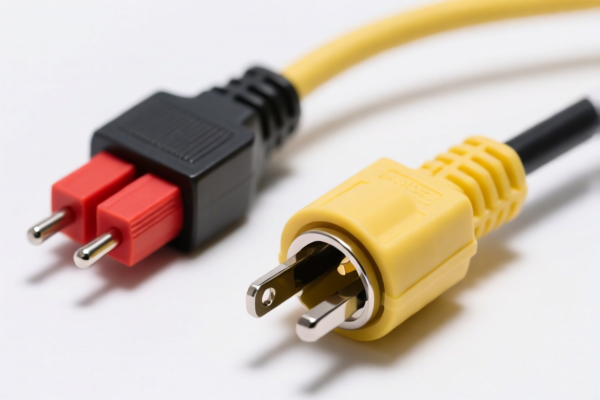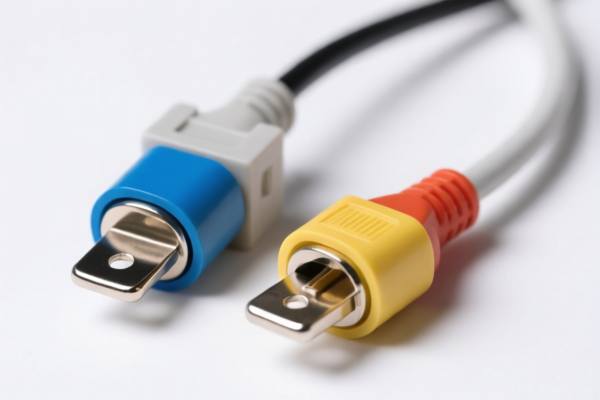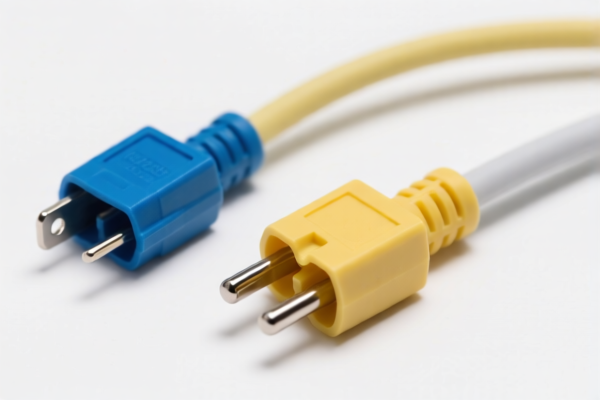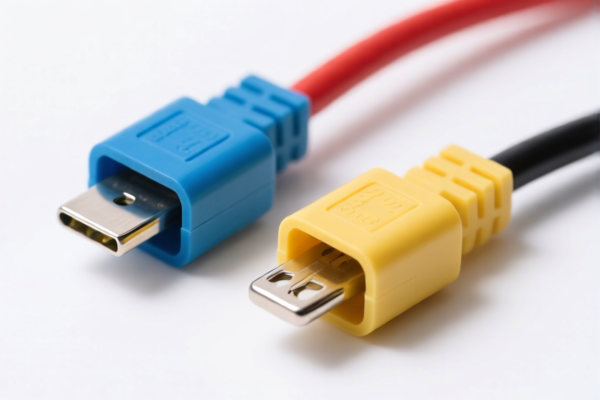| HS Code | Official Doc | Tariff Rate | Origin | Destination | Effective Date |
|---|---|---|---|---|---|
| 8536904000 | Doc | 55.0% | CN | US | 2025-05-12 |
| 8537109170 | Doc | 57.7% | CN | US | 2025-05-12 |
| 8537109160 | Doc | 57.7% | CN | US | 2025-05-12 |
| 8535908020 | Doc | 57.7% | CN | US | 2025-05-12 |
| 8538908140 | Doc | 58.5% | CN | US | 2025-05-12 |
| 8538908160 | Doc | 58.5% | CN | US | 2025-05-12 |
| 8548000000 | Doc | 55.0% | CN | US | 2025-05-12 |
| 3926904000 | Doc | 32.8% | CN | US | 2025-05-12 |
| 3926909987 | Doc | 42.8% | CN | US | 2025-05-12 |




Electrical Terminals
Electrical terminals are points where an electrical conductor ends and provides a connection to other circuits. They facilitate the connection and disconnection of electrical circuits, enabling the flow of electrical current.
Material
Terminals are constructed from a variety of materials chosen for their conductivity, corrosion resistance, and mechanical strength. Common materials include:
- Copper: Highly conductive, commonly used for wires and terminal bodies. Often plated with tin or nickel for corrosion protection.
- Brass: Offers good conductivity and corrosion resistance, frequently used in screw terminals and connectors.
- Aluminum: Lightweight and cost-effective, but requires special considerations to prevent oxidation and ensure reliable connections.
- Steel: Used for structural components and in some terminal types, often plated for corrosion protection.
- Plastics/Insulators: Used to provide electrical isolation and mechanical support for the terminals. Common materials include nylon, PVC, and phenolic resins.
Purpose
The primary purposes of electrical terminals are:
- Connection: Establishing a conductive path between components.
- Disconnection: Allowing for easy separation of circuits for maintenance, modification, or safety.
- Current Carrying: Providing a reliable pathway for electrical current to flow.
- Voltage Distribution: Serving as points for distributing voltage within a circuit.
- Signal Transmission: Facilitating the transfer of electrical signals.
Function
Terminals function by providing a physical and electrical interface. They typically employ mechanisms to ensure a secure and low-resistance connection. These mechanisms include:
- Compression: Using screws, clamps, or crimps to physically compress the conductor against a conductive surface.
- Friction: Relying on friction to maintain contact between the conductor and the terminal.
- Welding/Soldering: Creating a permanent electrical and mechanical bond between the conductor and the terminal.
Usage Scenarios
Electrical terminals are ubiquitous in a wide range of applications:
- Power Distribution: Connecting wires in electrical panels, outlets, and switches.
- Electronics: Connecting components on printed circuit boards (PCBs) and within electronic devices.
- Automotive: Connecting wires in vehicle electrical systems.
- Telecommunications: Connecting wires in communication equipment.
- Industrial Control: Connecting wires in control panels and machinery.
- Lighting: Connecting wires in light fixtures and lighting systems.
Common Types
A diverse range of terminal types exists, each suited for specific applications and connection methods:
- Screw Terminals: Utilize screws to clamp wires against a conductive surface. Common in power distribution and control panels. Available in various sizes and configurations (e.g., single-level, double-level, three-level).
- Push-In Terminals: Accept wires by simply pushing them into a hole. Convenient for quick connections, but may have lower current capacity.
- Barrier Terminals: Feature a barrier between terminals to prevent accidental short circuits. Common in power supplies and control systems.
- Crimp Terminals: Attached to wires using a crimping tool, providing a secure and reliable connection. Widely used in automotive and electronics applications.
- Ring Terminals: Used for connecting wires to studs or screws. Common in automotive and power distribution applications.
- Fork Terminals: Similar to ring terminals, but with a fork-shaped design.
- Lug Terminals: Heavy-duty terminals used for connecting large-gauge wires to busbars or equipment.
- Quick Connect Terminals (Disconnect Terminals): Allow for easy connection and disconnection of wires without the need for tools.
- PCB Terminals: Designed for mounting on printed circuit boards (PCBs).
- DIN Rail Terminals: Mount on DIN rails, commonly used in control panels and industrial automation.
- Spring Terminals: Utilize spring pressure to secure wires, offering vibration resistance and quick connection.
Electrical terminals are components used for connecting or terminating electrical circuits. They facilitate the flow of electricity and are found in a wide range of applications, from simple wiring connections to complex electrical systems.
The following HS codes are relevant to electrical terminals, based on the provided information:
- 8536904000: This HS code covers electrical apparatus for switching or protecting electrical circuits, or for making connections to or in electrical circuits (for example, switches, relays, fuses, surge suppressors, plugs, sockets, lamp-holders and other connectors, junction boxes), for a voltage not exceeding 1,000 V. It specifically includes terminals, electrical splices and electrical couplings. The base tariff is 0.0%, with an additional tariff of 25.0% currently, increasing to 30.0% after April 2, 2025, resulting in a total tariff of 55.0%.
- 8535908020: This HS code covers electrical apparatus for switching or protecting electrical circuits, or for making connections to or in electrical circuits (for example, switches, fuses, lightning arresters, voltage limiters, surge suppressors, plugs and other connectors, junction boxes), for a voltage exceeding 1,000 V. It specifically includes terminals, electrical splices and electrical couplings. The base tariff is 2.7%, with an additional tariff of 25.0% currently, increasing to 30.0% after April 2, 2025, resulting in a total tariff of 57.7%.
- 8538908140: This HS code covers parts suitable for use solely or principally with the apparatus of heading 8535, 8536 or 8537. It specifically includes metal contacts, which are often used within electrical terminals. The base tariff is 3.5%, with an additional tariff of 25.0% currently, increasing to 30.0% after April 2, 2025, resulting in a total tariff of 58.5%.
Regarding HS code 8536904000 and 8535908020, it is important to determine the voltage rating of the electrical terminals to ensure correct classification. Terminals rated at 1,000 V or less fall under 8536904000, while those exceeding 1,000 V fall under 8535908020.
Customer Reviews
I found the explanation of the different types of electrical terminals really useful. It helped me choose the right HS code for my product. Great resource for trade professionals.
The site is good, but I wish there was a way to filter the HS codes by product type or voltage more easily. Still, the information is accurate and helpful.
I was looking for information on the tariff for HS code 3926904000 and found it immediately. The site is well-organized and provides all the necessary details for exporting.
The detailed breakdown of the materials used in electrical terminals was informative. It helped me understand why certain HS codes apply to specific products.
The table of HS codes and tariff rates is clear and easy to use. I was able to find the right code for my electrical connectors quickly. Definitely a must-visit for exporters.